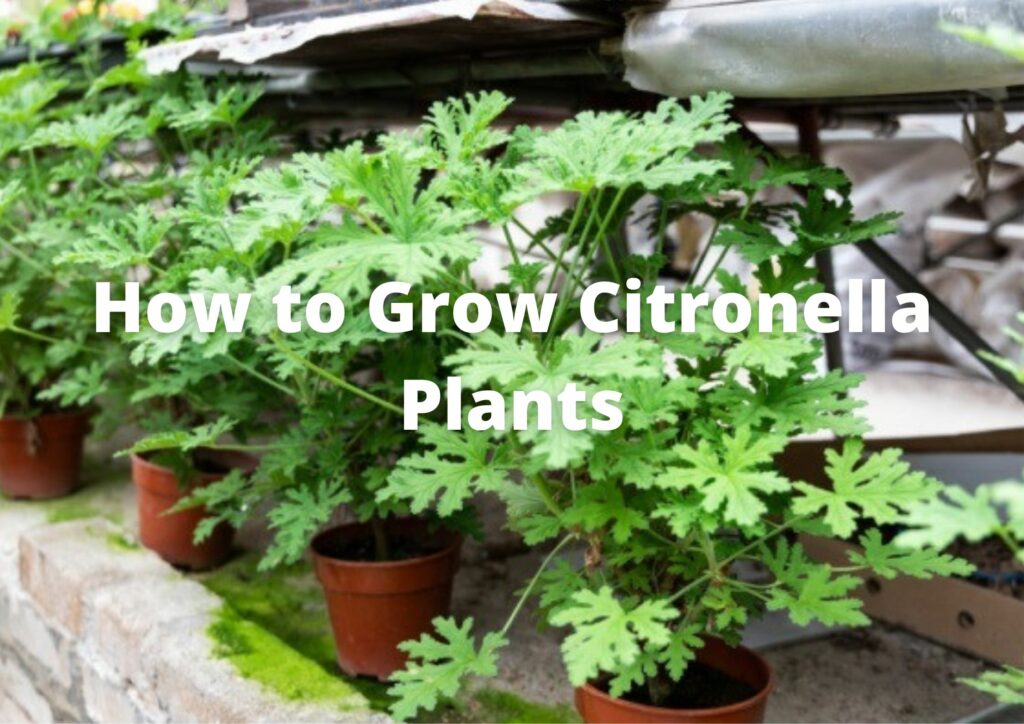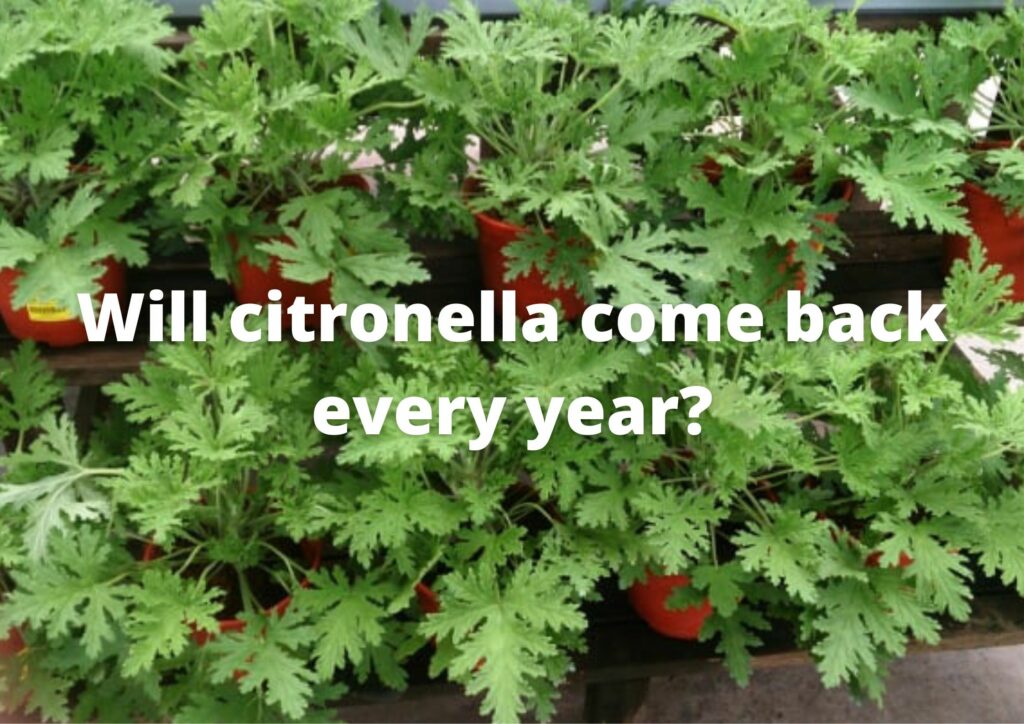Do citronella plants really keep mosquitoes away? How to Grow a Citronella Plant

The Citronella plant, a well-known herb, has had many nicknames. It is also known as the lemon geranium or the mosquito plant. These names usually refer to a particular type of scented Geranium or Pelargonium citricum. Citronella plants are known for their strong citrus-like scent that wafts off of the crushed leaves. However, these claims have not been proven. Citronella plants are easy to grow and fragrant addition to any garden. This is how to take care of your citronella plants all year, the plant care tips.
How to Grow Citronella Plants

Citronella is a member of the scented Geranium family. It is often found alongside other herbs in the garden centre. It may even be called a mosquito plant. You want a plant with healthy, deep-green leaves. Next, take the plant out of the container and look at the roots. The roots should be light white and reach the edge of the container. Do not plant roots that are tightly matted near the root ball’s outer edge.
How much sun does a citronella need?
Full sun or part shade, the Citronella plant will grow equally well.
- You should give your plant shade in areas that experience intense summer heat. It is ideal to have a porch or patio with morning sun and afternoon shade.
- You can also use containers that allow you to grab a leaf and release the fresh scent.
- You can also plant a citronella plant along a walkway that you will be likely to touch the leaves. Only when the leaves are touched, does it release its lemony, refreshing, and vibrant scent.
The well-drained soil is best for Citronella plants. However, they can tolerate dry soil. Citronella plants can rot in soggy or wet soil if they are placed in areas that are too moist. Use an all-purpose potting mix in a container.
Watering Citronella plants – How often do you water a citronella plant?
Citronella plants, like all other scented Geraniums will thrive if the soil is allowed to dry between waterings. This is a citronella watering plan.
Water a potted plant well and allow excess water to drain out of the bottom drainage holes. The soil should be dry to the touch. Once the soil is dry, water it again. When the soil’s top two inches feel dry, water the citronella plants.
Do citronella plants need fertilizer?
Citronella, unlike other scented Geraniums, does not require too much fertilization during the growing season. To meet its nutritional needs, mix a slow release fertilizer in the soil at planting time.
Citronella Plant Annual or Perennial? Will citronella come back every year?

Although the Citronella plant can be grown year-round, it is only hardy in Zones 9-11. You can treat your Citronella plants in colder regions like an annual, and then replace them every year. Or, you can bring it indoors for winter.
- Move your citronella indoors when the night temperature drops to 45 degrees in the fall. Citronella will struggle to adapt to indoor growing conditions if it is left outside below 45F. It is best to bring your citronella indoors as soon as it becomes cool.
- A sunny window makes a great winter home for citronella.
- West or south-facing windows allow in the most light. You can also use grow lamps.
- When the soil feels dry, water your citronella plants. It can be moved outside once the chance of frost has passed, and night temperatures are above 45.
Is Citronella Plant Edible?
The citronella plant is an excellent addition to your garden and kitchen. Its leaves and flowers, like all scented Geraniums, are edible and full of flavor.
To use citronella leaves in the home, wash them gently under running water. Dry them with a towel.
- Citronella leaves can be added to salads to add a hint of citrus flavor.
- To decorate cakes and cookies, coat the flowers in sugar.
- You can make simple syrups or teas with sugar by layering dry leaves with sugar.
